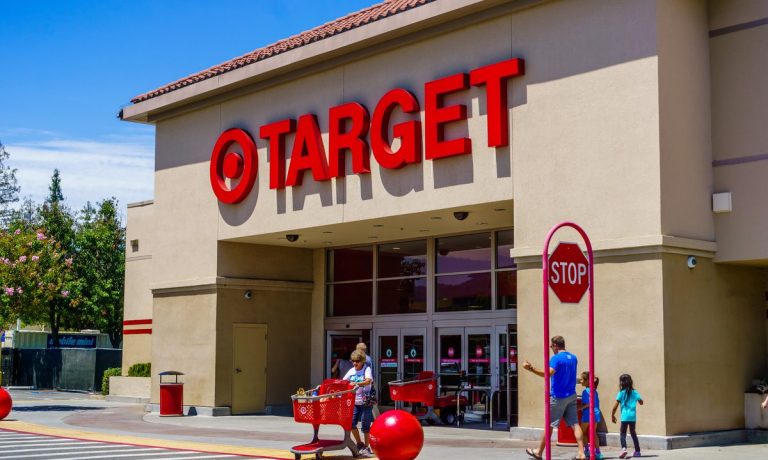
If online sales growth is slowing, and overall retail spend is on the rise (even accounting for inflation), it stands to reason that on-site shopping — the brick-and-mortar kind —is the beneficiary.
And, as we continue to emerge from the pandemic, some of the digital habits, though slowing a bit in terms of growth in frequency, are still proving popular, especially buy online, pickup in store (BOPIS).
The latest wave of earnings reports from retailers — Target and Walmart among them — show those trends, in the numbers, yes, and also in the qualitative observations made to analysts on conference calls.
We may be past, at least for now, of the days of hyper eCommerce growth, in the high double-digit percentages or even triple-digit percentage points. In some cases, foot traffic has yet to return to pre-pandemic levels (as noted on Warby Parker’s own call). For quick-service restaurants (QSRs) such as McDonald’s, digital sales remain a key driver, where the restaurant giant said last month that in its top six markets over 20% of sales or about $13 billion year to date came through digital channels — including app or delivery.
In-Store Traffic a Key Driver
But across the general retail landscape, the visits to the store — and through the door — are increasing. Online’s slowdown is brick-and-mortar commerce’s gain. And while buying online and picking up at the curb (a component of online commerce) still has shown some mileage, the novelty of moving in and among fellow human beings is palpable.
Target’s results on Wednesday (Nov. 17) show the increased impact of the pitter patter of feet in the aisles.
During commentary on the call with analysts, and against a backdrop where comparable sales were up 12.7%, CEO Brian Cornell noted that “traffic was the primary driver of this year’s growth.” To get a sense of the magnitude, management said on the call that since the third quarter of 2019, Q3 store sales have expanded by $3.8 billion, while digital sales were up over the same period to $3.1 billion.
It should be noted that eCommerce sales gained 29%, and same day services were up 60% — hardly insignificant, but well off the triple-digit rates seen a year ago, in the throes of the pandemic. In-store pickup and Shipt grew by more than 30%, management said on the call. Part of the in-store traffic is no doubt tied to early holiday shopping, where in the U.S. traffic was up 5.7%, helping to drive the overall 9.7% same-store growth at physical locations.
As for Walmart, the company’s results, posted earlier in the week, show a slowdown in eCommerce growth in the U.S., to 8%, but as noted in this space in the wake of the earnings report, grocery comparable sales were up in the high single-digit percentages, while general merchandise gained mid-single-digit percentage points — and traffic growth in store gained versus pre-pandemic levels.
The on-premises retail experience has (literal) legs, then, in an age where Amazon’s revenue growth (as seen in the latest quarter) has slowed to 15%, and its forecast for the current quarter is within the 4% to 12% range.
As Walmart CEO Doug McMillon said on the call, “Pickup and delivery around the world will grow and the step change that occurred will stay and then grow from there probably at a lower rate,” adding that “store traffic’s the biggest issue. When the pandemic enabled it, people came back to stores; and I think they like stores. They want to have that experience. They enjoy seeing merchandise, being around each other, and that’s why omni channel makes so much sense.”